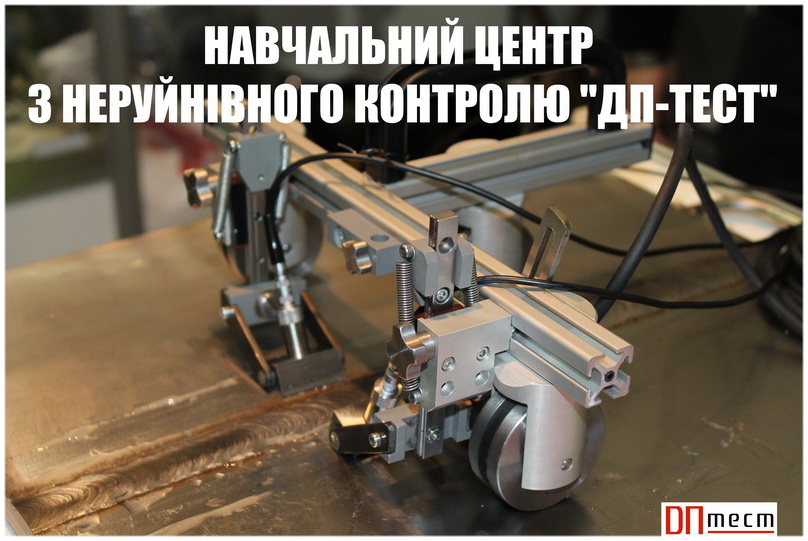Structure and volume of the master's dissertation
The master's thesis consists of an introduction, 5 chapters, a conclusion, a list of used sources of 25-titles, and contains 37 figures, 2 tables. The full volume of the master's dissertation is 89 pages, from which the list of used sources takes 3 pages.
Actuality of theme
Increasing the requirements for the quality of products, increasing the productivity of the main technological operations, the need to increase the informativity, reliability and obtaining an objective document of control have necessitated the automation and visualization of non-destructive testing. With manual control of preparatory operations, control, evaluation of defective areas, decoding of results, their registration and issuance of a conclusion is carried out by the operator. The quality of these operations depends largely on his qualifications, psycho-physiological state, integrity and environment. The greater the number of control operations will be mechanized and automated, the more objective data can be obtained about the quality of the product.
The object of research is the process of controlling flat objects of control.
Subject of research - a system for moving the sensor on the surface of a plane object of control.
Purpose and tasks of the research
The purpose of the dissertation is to develop a system for positioning sensors on flat surfaces. To achieve the goal, the following tasks were set:
- Analyze scanning systems according to their characteristics and purpose.
- Identify the advantages and disadvantages of each type; characterize the types of scanning systems and their functional properties.
- Develop a system that will be equipped with everything necessary for the positioning of gauges on flat surfaces.
- Carry out the necessary calculations of the system.
- To select and substantiate the possible variants of the material, equipment and method of manufacturing such a system; simulate this system.
Keywords: SCANNING SYSTEM, POSITIONING, POSITIONING OF THE SENSOR ON THE FLAT SURFACE
Research advisor: prof. Halahan R.









